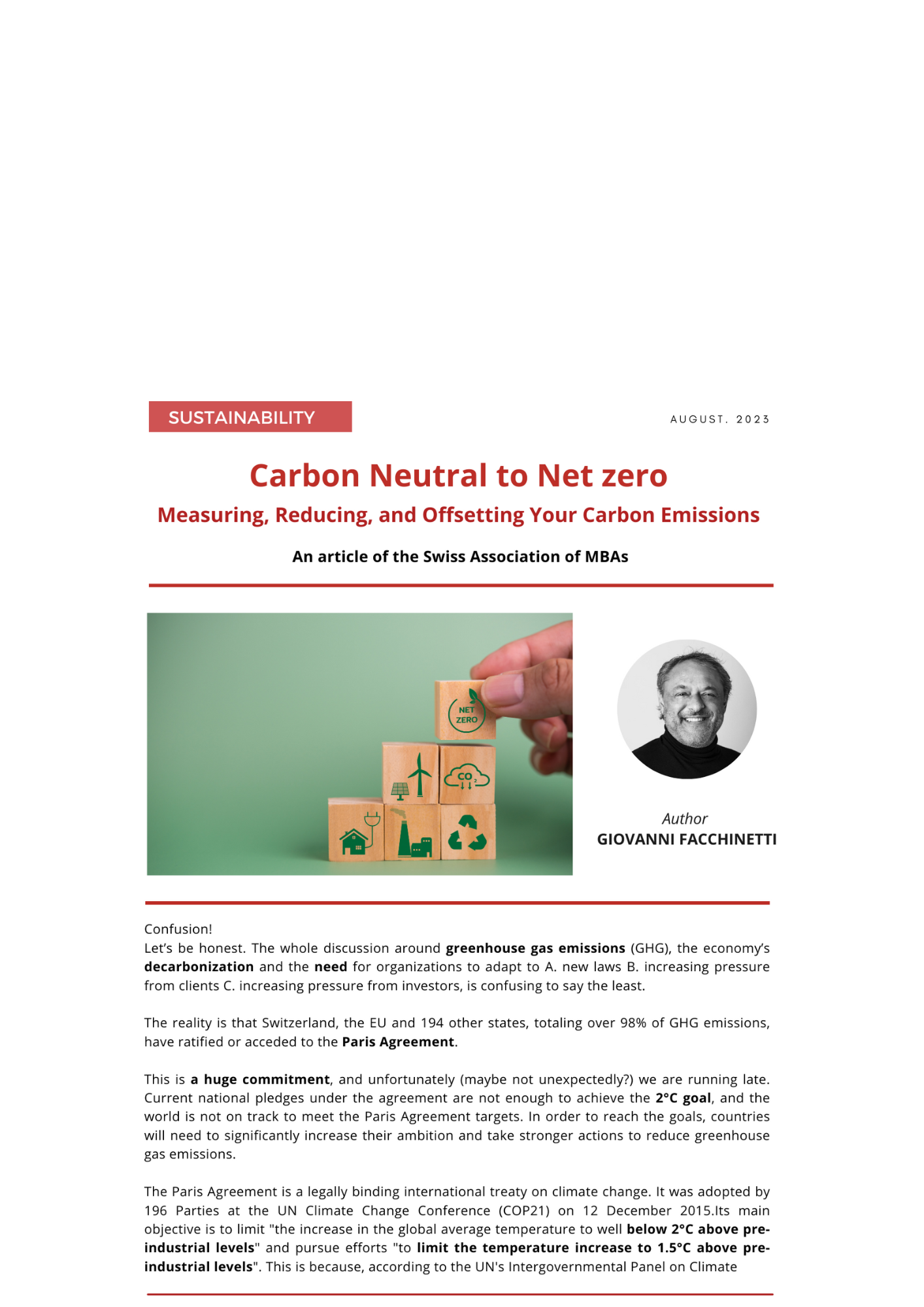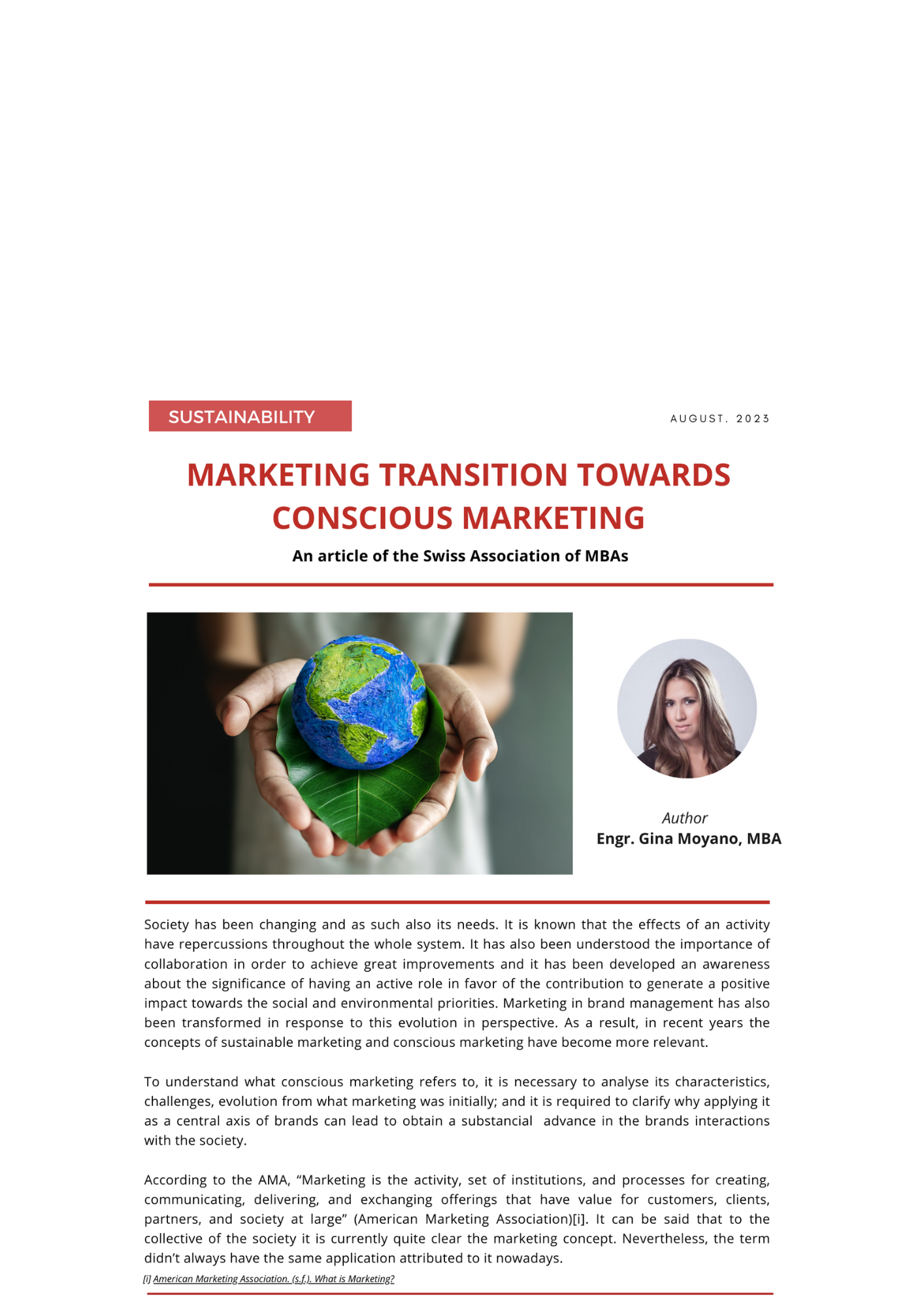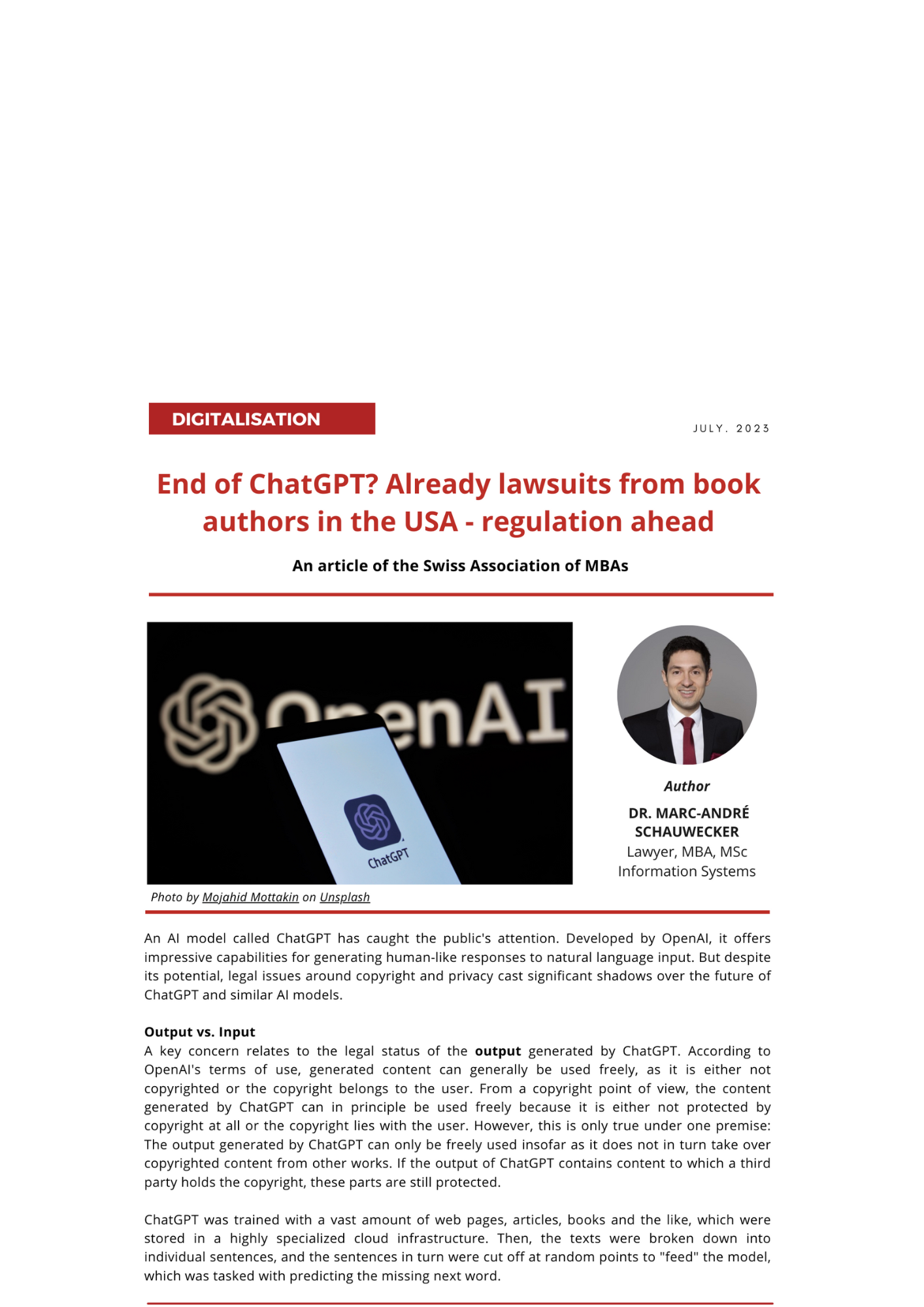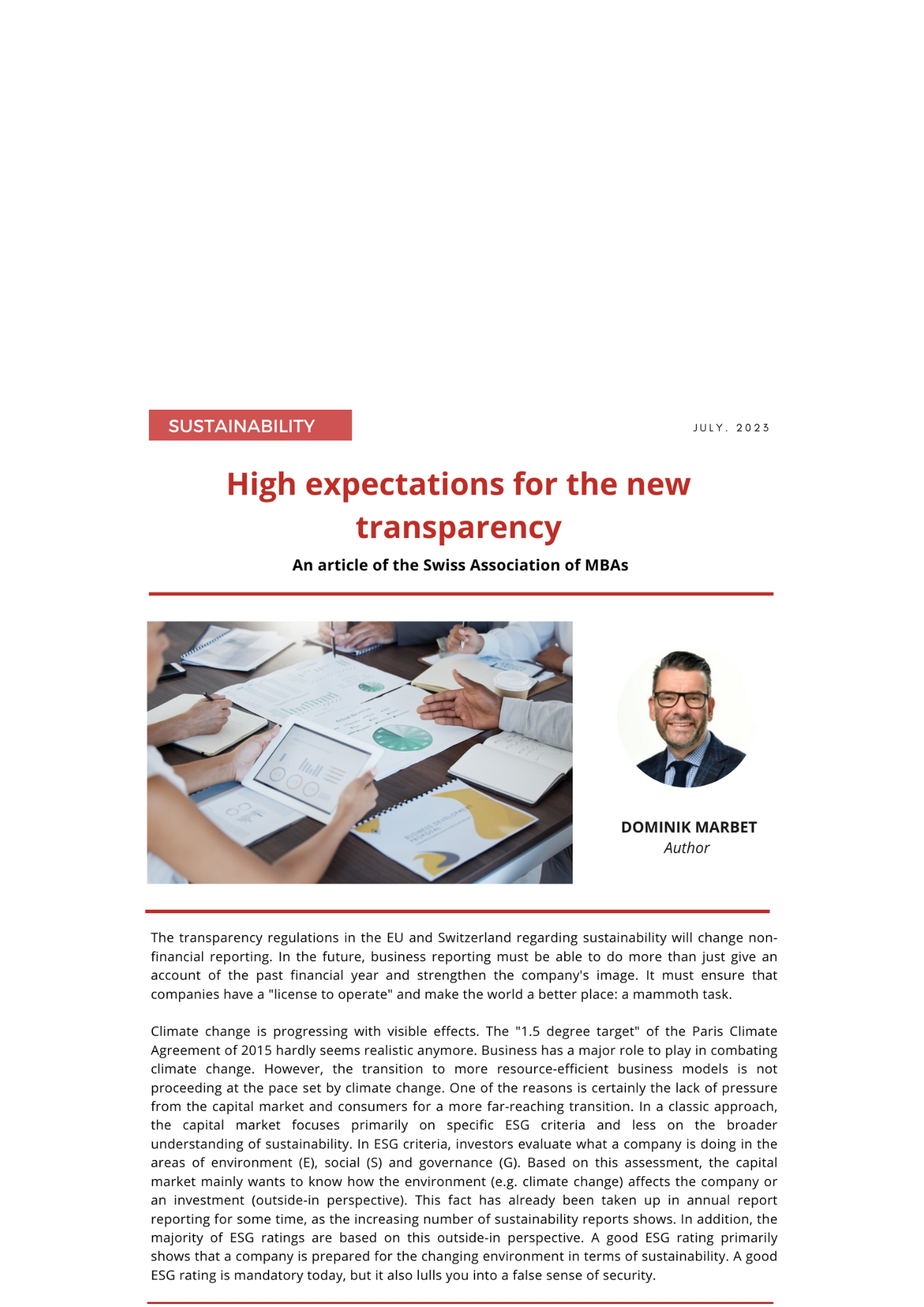
Carbon Neutral to Net zero: Measuring, Reducing, and Offsetting Your Carbon Emissions
Confusion!
Let’s be honest. The whole discussion around greenhouse gas emissions (GHG), the economy’s decarbonization and the need for organizations to adapt to A. new laws B. increasing pressure from clients C. increasing pressure from investors, is confusing to say the least.
The reality is that Switzerland, the EU and 194 other states, totaling over 98% of GHG emissions, have ratified or acceded to the Paris Agreement.
This is a huge commitment, and unfortunately (maybe not unexpectedly?) we are running late. Current national pledges under the agreement are not enough to achieve the 2°C goal, and the world is not on track to meet the Paris Agreement targets. In order to reach the goals, countries will need to significantly increase their ambition and take stronger actions to reduce greenhouse gas emissions.
The Paris Agreement is a legally binding international treaty on climate change. It was adopted by 196 Parties at the UN Climate Change Conference (COP21) on 12 December 2015. Its main objective is to limit "the increase in the global average temperature to well below 2°C above pre-industrial levels" and pursue efforts "to limit the temperature increase to 1.5°C above pre-industrial levels". This is because, according to the UN's Intergovernmental Panel on Climate Change (UN IPCC), exceeding the 1.5°C threshold might result in significantly more severe climate change impacts, such as frequent and severe droughts, heatwaves, and other weather-related disasters.
Greenhouse gas emissions must reach their peak before 2025 at the latest and then decrease by 43% by 2030 if we are to keep global warming to 1.5°C.
After this long but necessary introduction, let’s go back to reality. Take a mid-sized Swiss manufacturing company: let’s call it W. Tell Pharma AG (WTP): WTP manufactures products both with their own Brand and as Contract Development and Manufacturing Organization (CDMO).
WTP's largest client, a publicly traded multinational pharma (PTMP), has informed WTP that PTMP has committed to achieving carbon neutrality by 2030 and Net-Zero by 2045. In order to reach such targets, PTMP is therefore asking its tier 1 and tier 2 suppliers to do the same, so its supply chain can be aligned with its goals.
WTP’s CEO is baffled: how can WTP be a Carbon Neutral company? And Net Zero? He calls a meeting with top management: nobody has the faintest idea of what Net Zero is, let alone how to get there. So they call a friendly and knowledgeable ESG consultant, Positive Organizations (+O).
In a meeting +O clarifies WTP’s doubts and details how to proceed
● Measuring WTP’s Carbon Footprint
● What is Carbon Neutrality and how to achieve it
● What is Net Zero and how to achieve it
Measuring WTP’s Carbon Footprint
Measuring a carbon footprint involves calculating the total GHG associated with WTP activities across the value chain.
To start, WTP must define the Scopes of the footprint. The three scopes of a carbon footprint refer to the different categories of greenhouse gas emissions associated with a particular activity, organization, or product. Here is a brief overview of each scope and how to measure them:
Scope 1: Direct emissions from sources that are owned or controlled by the organization, such as emissions from combustion of fuels in on-site boilers, furnaces, and vehicles. To measure Scope 1 emissions, an organization can calculate the total fuel consumption of these sources and apply relevant emissions factors to estimate the amount of greenhouse gases emitted.
Scope 2: Indirect emissions from the consumption of purchased electricity, heat, or steam. To measure Scope 2 emissions, an organization can collect data on its purchased electricity consumption and use emissions factors to estimate the emissions associated with the generation of that electricity.
Scope 3: Indirect emissions that are a consequence of the activities of the organization, but occur from sources not owned or controlled by the organization. This includes emissions from transportation, employee commuting, purchased goods, franchises, waste disposal, and the production and disposal of purchased goods and services. To measure Scope 3 emissions, an organization collects data on the relevant activities, estimates the emissions associated with those activities using relevant emissions factors, and then calculates the total emissions.
While Scope 1 and 2 are relatively easy to obtain, Scope 3 requires a broad expertise and knowledge of databases and tools to perform the conversions necessary to obtain the total CO2e emissions.
Measuring all three scopes of a carbon footprint provides a comprehensive understanding of the organization's emissions profile
Source: GHG Protocol
What is Carbon Neutrality and how to achieve it
Carbon neutrality refers to achieving a balance between the amount of GHG being released into the atmosphere and the amount being removed from it. This can be achieved by reducing emissions in a company’s value chain and then offsetting the remaining emissions through activities such as planting trees, investing in renewable energy projects, or supporting carbon capture and storage technologies.
To achieve carbon neutrality, organizations, governments, and individuals can take a variety of actions, such as:
● Reduce energy consumption by increasing efficiency
● Implement sustainable logistics and transportation options
● Reduce waste and increase recycling and circularity
● Offset remaining emissions by investing in verified carbon offset projects that reduce or remove emissions elsewhere.
What is Net Zero and how to achieve it
According to the Science Based Target initiative (SBTi), “Net Zero emissions are achieved when anthropogenic emissions of greenhouse gases to the atmosphere are balanced by anthropogenic removals over a specified period.”
Reaching Net Zero means implementing all the necessary changes to reduce GHG to the lowest amount possible – and offsetting as a last resort. The offsetting is used to counteract the essential emissions that remain after all available reduction initiatives have been implemented.
Some companies will be able to eliminate all the sources of greenhouse gases from their operations without recurring to offsets. However, the majority will not be able to achieve this target, and will need to purchase offsets. The combination of these two approaches is included in Net Zero.
In other words, Net Zero will be achieved when human activity no longer causes global warming.
The difference between Carbon Neutral and Net Zero is subtle but very significative, and it is much more difficult to reach Net Zero than to become Carbon Neutral.
To keep global temperature rises under 1.5°, net zero is what we all - companies, governments, individuals - must achieve. It’s a huge challenge, but we must win it.
There is no planet B, we must protect the one we have.
About the Author
Giovanni Facchinetti is the Managing Partner of Positive Organizations, an ESG consulting company with offices in Lugano, Switzerland and Toronto, Canada.


